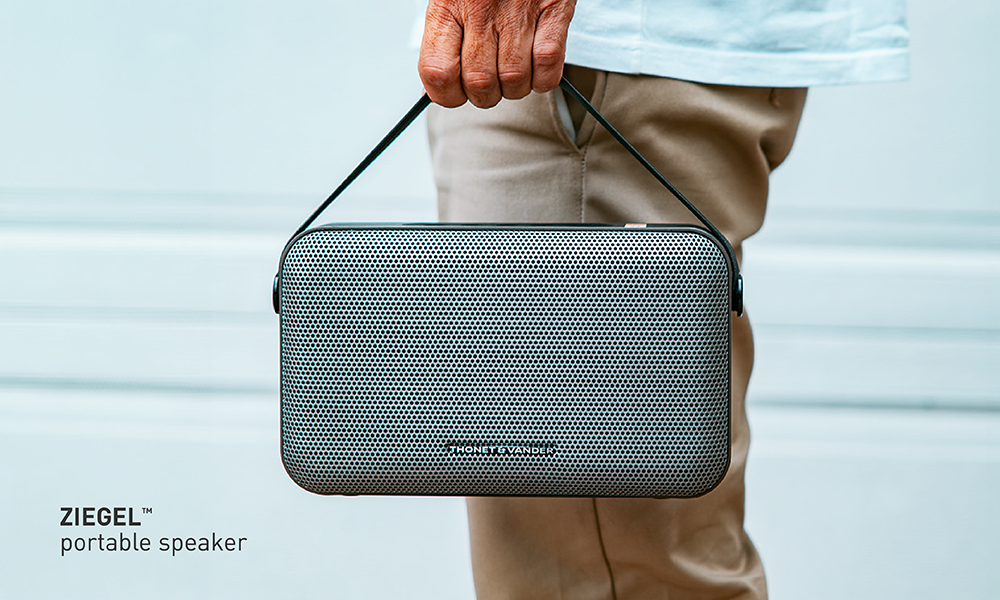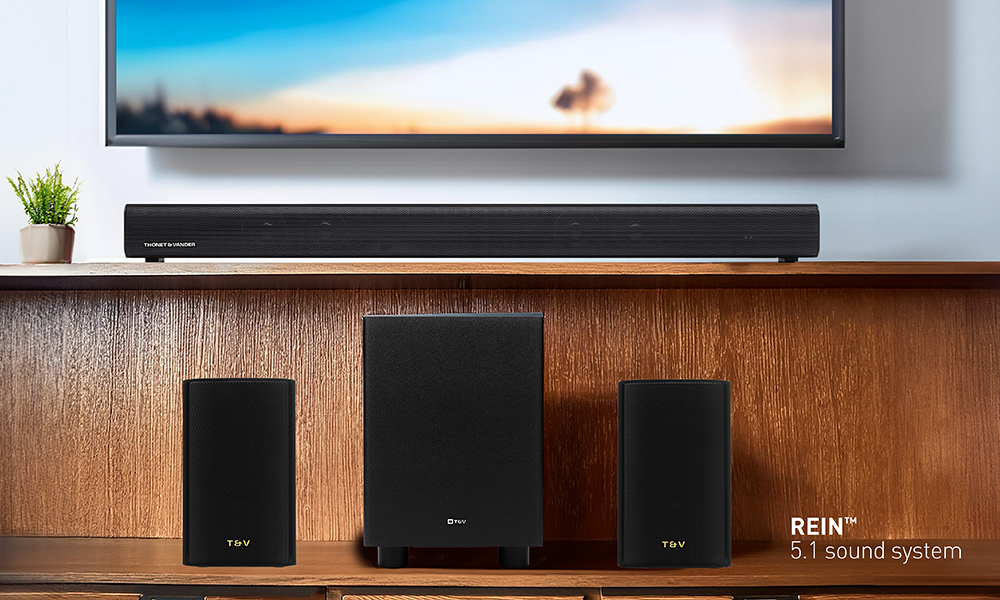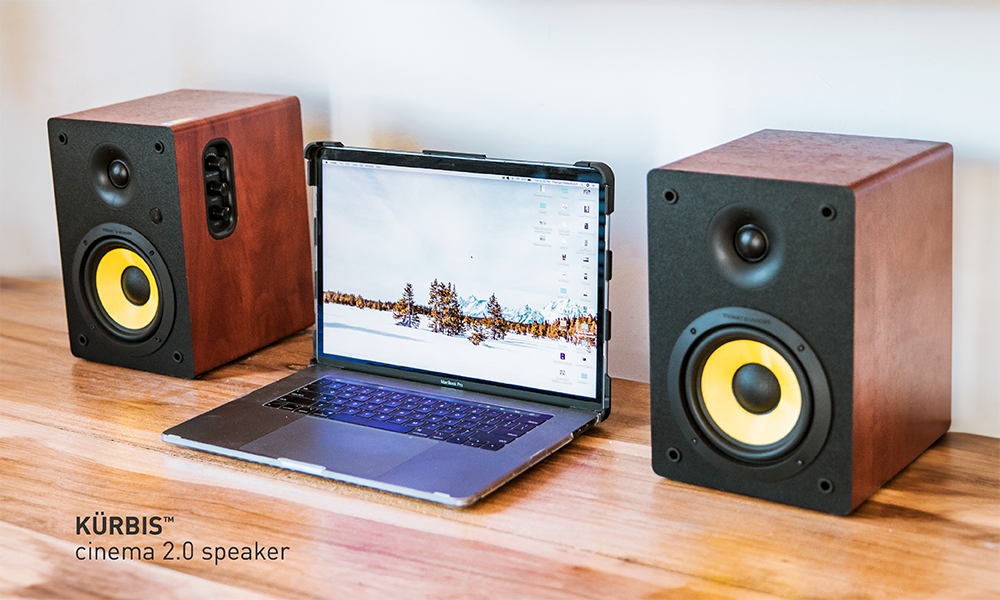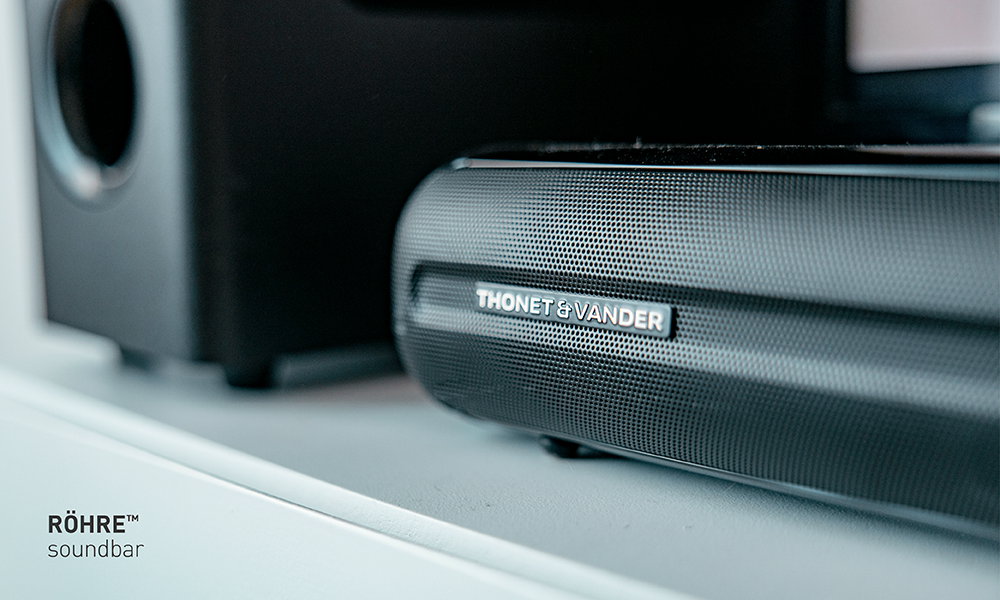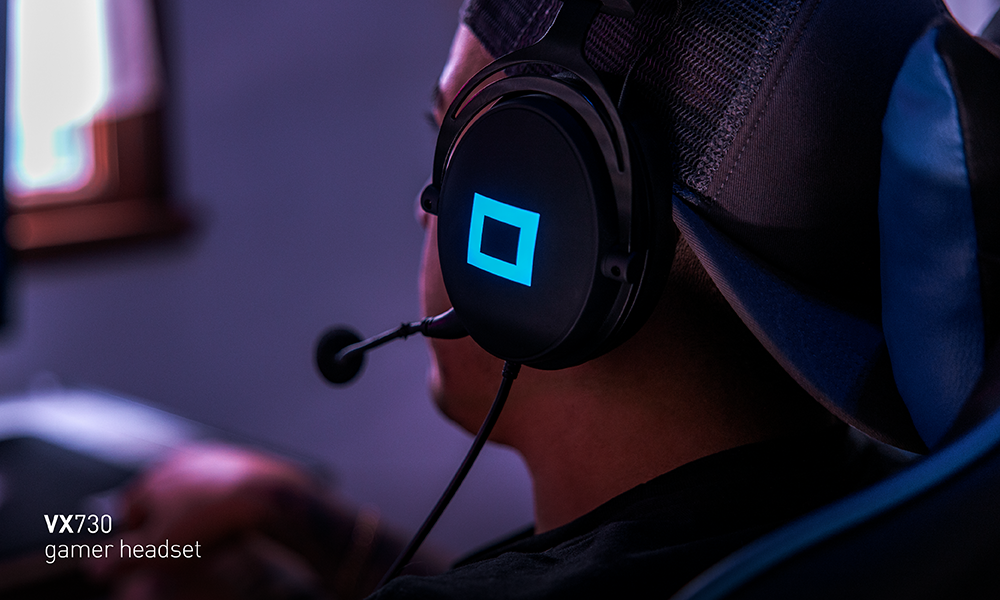Introducing our new Ziegel Model. Portable, powerful and versatile. Inspired by the radio receivers that became popular in the 1920s. These new portable versions gave the possibility of listening to the radio at all times, allowing all work, social and recreational activities to be flooded with music and radio broadcasts.
These pioneering devices not only took radio to new horizons, but also played a crucial role in the development of technology, journalism and mass communication.
Technological advances in the miniaturization of components and the introduction of portable batteries allowed the development of more compact and lighter radios. Now, the audience could take their radio receivers with them anywhere and receive information in real time. Events could be covered live and news reached audiences more quickly and efficiently.
Our Origins
Son of an amateur who closely followed the first steps of radio, Hammes Joseff Einrich was born in Dessau in 1919.
He grew up surrounded by valves and coils in a workshop where his father disassembled and studied the first radio receivers that came onto the market.
During the postwar period, he met businessman Karl Lohman in Berlin, who was amazed by his technical knowledge and the high fidelity of the high-quality sound amplifiers and speakers that Einrich had developed and modeled by hand for personal consumption.
Together they dedicated themselves to the production of prototypes. To do this, they rescued some typical guidelines of the Bauhaus School. Functionality, little ornamentation, attractive designs, good quality and durability. They thus managed to identify innovative aesthetic production with industrial machinery, but always maintaining the artisanal character of their products. Essential feature of Einrich's work since the days of his father's workshop.
Years later, precisely in 1996, a team of engineers who followed Einrich's ideas and knowledge resumed the passion, clinging to the ideas of the Bauhaus, creating the brand Thonet & Van Der Rohe, mentioning these two illustrious architects who were influential in that school.
Shortly after, they acquired significant relevance in the market, managing to close numerous exclusive production contracts for the main speaker brands in Germany and Great Britain.
In 2002, with the rise of digital music, Ditter Lauts, together with his partner, decided to rename the brand, industrialize it and, respecting its design guidelines, launch it worldwide.
In 2004 they made the decision to build another new factory with their German quality standards and launched the first mass production multimedia models.
By 2012, the renowned Thonet & Vander was positioned as one of the most recognized audio brands on the market.
Ziegel, in addition to being a faithful representative of the Bauhasian ideas of functionality, durability, design and practicality, is a tribute to its own history and the tradition of musicalizing every moment of everyday life, wherever we are.
